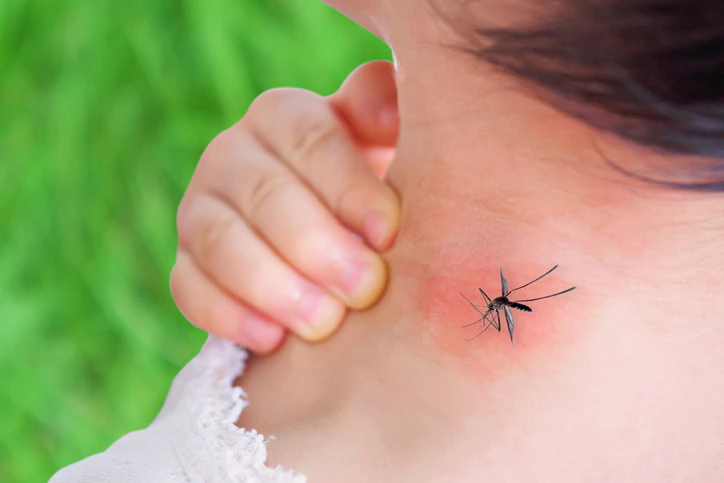Dengue Fever: Problems like dengue and malaria are certain to occur as soon as the rainy season arrives. But do you know why dengue comes only during the rainy season? What is the reason for this? Know from an expert doctor. Watch the video till the end for more information.
Dengue Fever: The Monsoon Menace
The advent of the rainy season often brings with it a surge in diseases, dengue being a prominent one. But why does this viral infection seem to thrive in the monsoon months? Let’s delve into the intricacies of this mosquito-borne illness.
Understanding Dengue Fever
Dengue fever is a viral infection transmitted to humans through the bite of an infected Aedes mosquito. These mosquitoes are notorious for their daytime biting habits, making them particularly challenging to avoid. The virus, once inside a human, replicates and spreads throughout the body, causing a range of symptoms.
The Monsoon Connection: A Perfect Breeding Ground
The monsoon season provides ideal conditions for the proliferation of Aedes mosquitoes. Here’s why:
- Stagnant Water: Rainwater accumulates in various receptacles, from discarded tires and flowerpots to larger bodies of water. These stagnant pools become breeding grounds for mosquitoes.
- Humidity: High humidity levels during the monsoon create a favorable environment for mosquito larvae to develop and mature.
- Temperature: Warm temperatures accelerate the mosquito life cycle, allowing for rapid population growth.
These factors combined create a perfect storm for the mosquito population to explode, increasing the risk of dengue transmission.
Symptoms of Dengue Fever
Symptoms of dengue fever typically appear 4-7 days after the infected mosquito bite. They include:
- High fever
- Severe headache
- Pain behind the eyes
- Muscle and joint pain
- Nausea and vomiting
- Skin rash
- Loss of appetite
- Fatigue
In severe cases, dengue can progress to dengue hemorrhagic fever, which is characterized by severe bleeding, a rapid drop in blood pressure, and organ damage.
Prevention is Key
While there’s no specific treatment for dengue, prevention is crucial. Here are some effective measures:
- Mosquito Control:
- Eliminate stagnant water sources around your home.
- Use mosquito repellents.
- Wear long-sleeved clothing and pants.
- Install mosquito nets on windows and doors.
- Early Detection and Treatment:
- Seek medical attention promptly if you experience dengue-like symptoms.
- Rest and drink plenty of fluids.
The Role of Climate Change
Climate change is exacerbating the dengue problem. Rising temperatures and changing rainfall patterns are expanding the geographical range of the Aedes mosquito, leading to an increased risk of dengue outbreaks in new areas.
A Call for Action
Combating dengue requires a multi-faceted approach involving governments, healthcare providers, and communities. Effective mosquito control programs, early warning systems, and public awareness campaigns are essential.
While the rainy season brings joy and relief from the heat, it’s crucial to remain vigilant against the threat of dengue. By understanding the factors contributing to its spread and taking preventive measures, we can significantly reduce the impact of this disease on our communities.
Would you like to learn more about a specific aspect of dengue fever, such as its impact on children, the development of a dengue vaccine, or the global burden of the disease?

